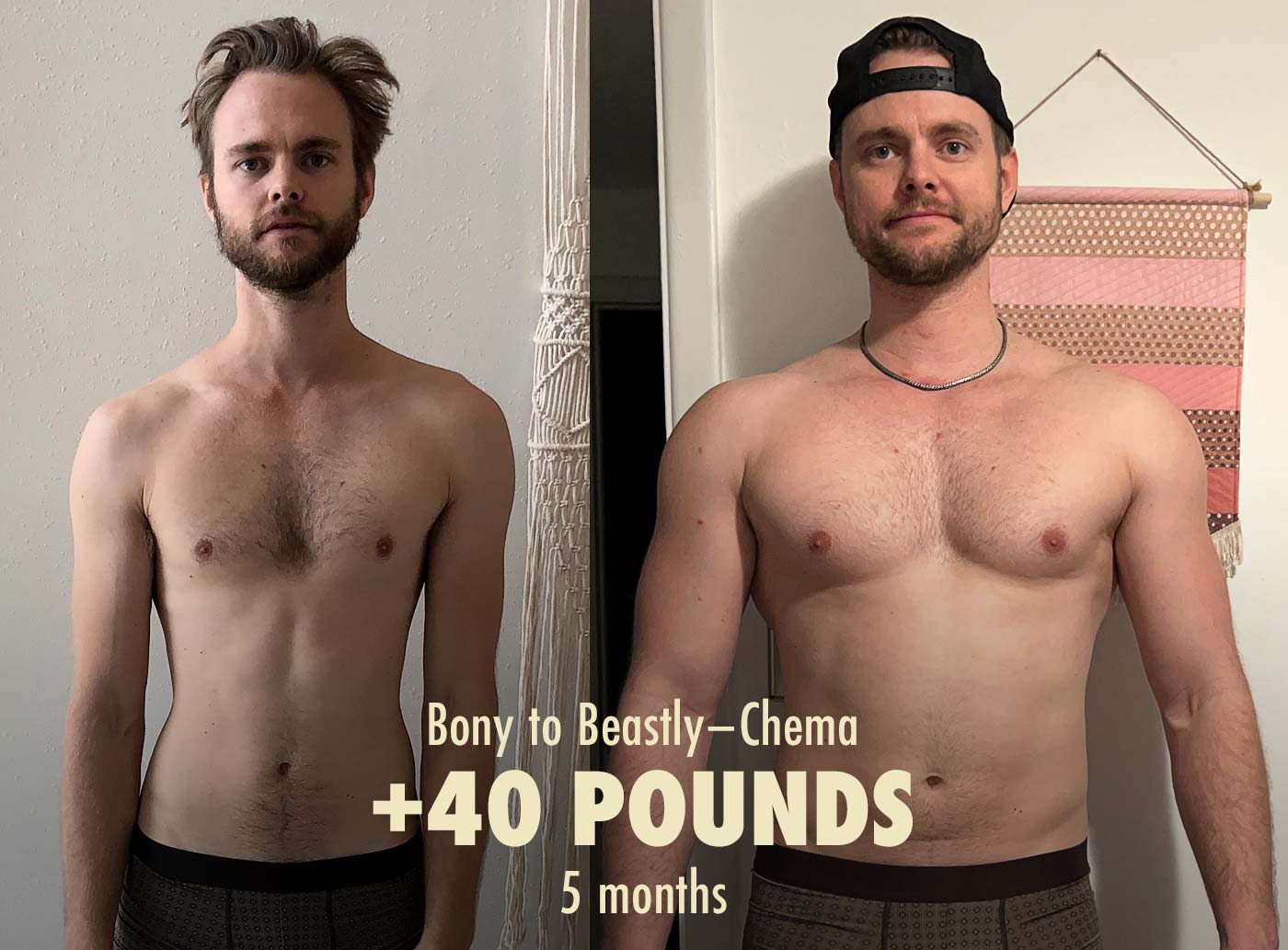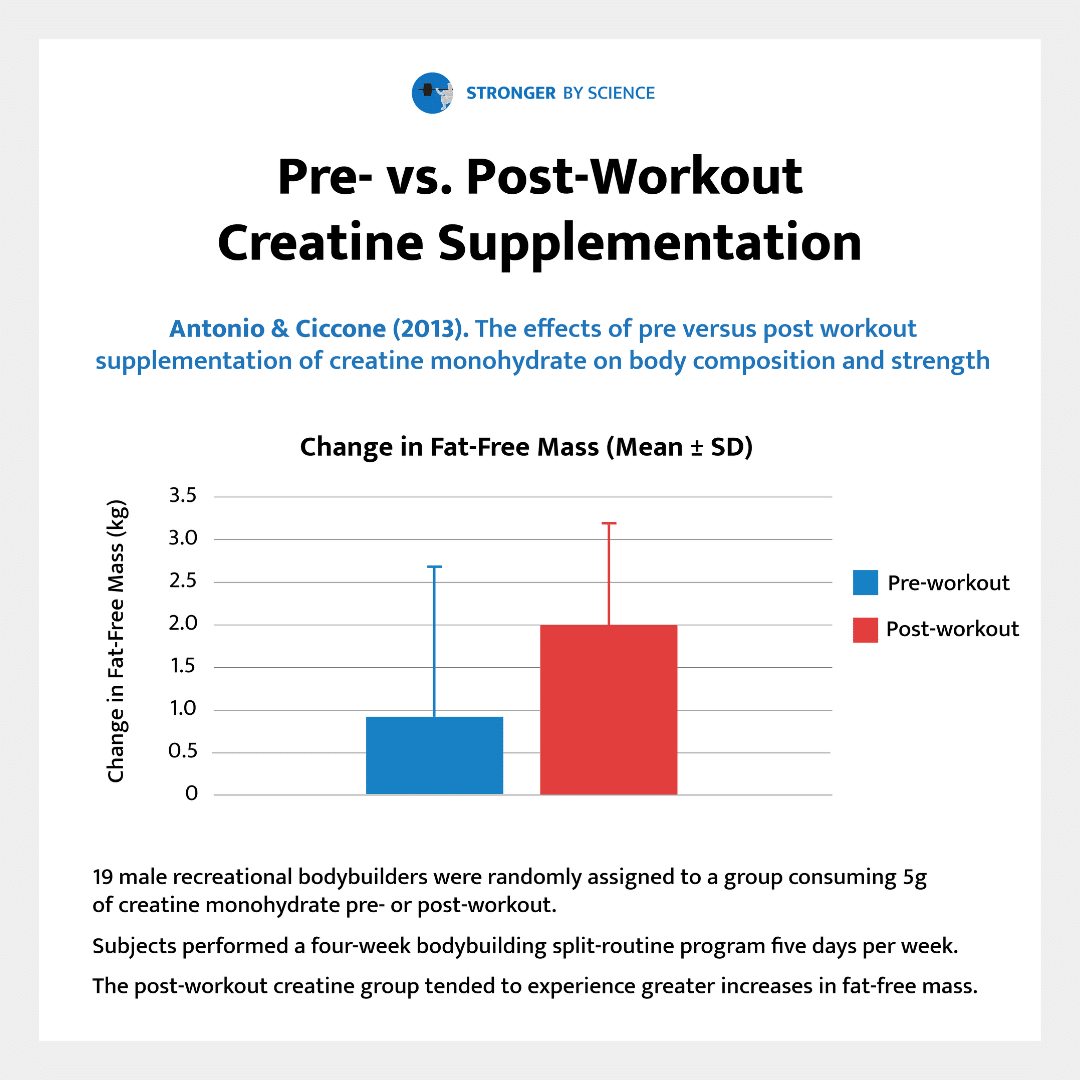Creatine is one of the most popular and well-researched supplements in the fitness world, known for its ability to enhance muscle growth, strength, and workout performance. However, a common question among fitness enthusiasts is, “Should I take creatine before or after a workout?” In this comprehensive guide, we’ll explore the science behind creatine timing, its benefits, and practical tips to help you make the most of this powerful supplement. We’ll also include inspiring before-and-after images to showcase creatine’s transformative effects.
Daftar Isi
What is Creatine and Why Does Timing Matter?
Creatine is a naturally occurring compound found in small amounts in foods like meat and fish. It plays a crucial role in providing energy to muscles during high-intensity exercise. Supplementing with creatine, typically in the form of creatine monohydrate, increases the body’s creatine stores, allowing for improved strength, endurance, and muscle recovery.
The debate over whether to take creatine before or after a workout stems from the desire to optimize its absorption and effectiveness. Timing can influence how quickly creatine is available to your muscles and how well it supports your training goals.

Creatine Before Workout: The Case for Pre-Workout Supplementation
Taking creatine before a workout can provide an immediate energy boost, as it increases the availability of phosphocreatine in your muscles. Phosphocreatine helps produce ATP, the primary energy source for short, intense bursts of exercise like weightlifting or sprinting. By taking creatine pre-workout, you may experience improved strength and endurance during your session.
- Enhanced Energy: Pre-workout creatine ensures your muscles are saturated with energy for high-intensity exercises.
- Improved Focus: Some users report better mental clarity and focus when taking creatine before training.
- Faster Absorption: Pairing creatine with a pre-workout meal or shake containing carbohydrates can enhance its uptake.

Creatine After Workout: The Case for Post-Workout Supplementation
Post-workout creatine supplementation is often favored because it aligns with the body’s heightened nutrient absorption after exercise. During this “anabolic window,” your muscles are primed to absorb nutrients, potentially making creatine more effective when taken after a workout.
- Muscle Recovery: Creatine can aid in replenishing glycogen stores and reducing muscle damage post-workout.
- Increased Muscle Growth: Combining creatine with a post-workout protein shake may enhance muscle protein synthesis.
- Convenience: Taking creatine after a workout is easy to incorporate into your post-exercise nutrition routine.

Does Timing Really Matter?
While the debate over pre- versus post-workout creatine continues, research suggests that the timing of creatine supplementation may not be as critical as consistency. Studies show that taking creatine daily, regardless of whether it’s before or after a workout, leads to similar increases in muscle creatine levels over time. The key is to maintain consistent supplementation to keep your muscles saturated.
That said, individual preferences and goals can influence your choice. For example, if you’re aiming for an immediate performance boost, pre-workout creatine might be ideal. If recovery is your priority, post-workout supplementation could be more beneficial.

Tips for Maximizing Creatine Effectiveness
To get the most out of your creatine supplementation, consider these practical tips:
- Choose the Right Type: Creatine monohydrate is the most researched and cost-effective form of creatine. Stick to high-quality, pure creatine monohydrate for the best results.
- Loading Phase (Optional): A loading phase involves taking 20 grams of creatine daily (split into 4 doses) for 5–7 days to quickly saturate your muscles. After that, switch to a maintenance dose of 3–5 grams daily.
- Stay Hydrated: Creatine draws water into your muscles, so drink plenty of water to avoid dehydration and support muscle growth.
- Pair with Carbs or Protein: Consuming creatine with a carbohydrate or protein source can improve its absorption due to insulin spikes.
- Be Consistent: Take creatine daily, even on non-workout days, to maintain muscle creatine levels.
- Combine with Strength Training: Creatine works best when paired with resistance training, as it enhances your ability to lift heavier weights and perform more reps.
:max_bytes(150000):strip_icc()/Health-GettyImages-CreatineBeforeOrAfterWorkout-41dfddaa51f74b95b0a32a0c54494842.jpg)
Creatine Before and After: What to Expect
Creatine can produce noticeable results within weeks, especially when combined with a solid workout routine. Users often report increased muscle fullness, improved strength, and faster recovery times. Below are some real-world transformations that highlight creatine’s potential:
Explore other transformation stories for inspiration:
microneedling before and after
blepharoplasty before and after
Common Myths About Creatine
Despite its popularity, creatine is surrounded by myths. Let’s debunk a few:
- Myth: Creatine Causes Weight Gain: While creatine may cause water retention in muscles, this is not fat gain but rather a sign of increased muscle hydration.
- Myth: Creatine Harms Kidneys: Research shows that creatine is safe for healthy individuals when taken at recommended doses.
- Myth: You Must Cycle Creatine: There’s no need to cycle creatine; long-term use is safe and effective for most people.

How to Incorporate Creatine into Your Routine
Here’s a step-by-step guide to adding creatine to your fitness regimen:
- Choose Your Timing: Decide whether pre- or post-workout works best for you based on your goals.
- Mix It Right: Mix 3–5 grams of creatine monohydrate with water, juice, or a protein shake. Avoid mixing with acidic beverages like orange juice, as they may degrade creatine.
- Track Progress: Document your strength gains, muscle growth, and recovery times to assess creatine’s impact.
- Combine with a Balanced Diet: Ensure your diet includes adequate protein and carbohydrates to support muscle growth.

Who Should Take Creatine?
Creatine is suitable for a wide range of individuals, including:
- Athletes and bodybuilders looking to increase strength and muscle mass.
- Fitness enthusiasts aiming to improve workout performance.
- Vegetarians or vegans, who may have lower baseline creatine levels due to limited dietary sources.
Always consult a healthcare professional before starting any supplement, especially if you have pre-existing medical conditions.

Conclusion
Whether you choose to take creatine before or after your workout, the key to success lies in consistency, proper dosing, and pairing it with a solid training and nutrition plan. By following the tips outlined in this guide, you can maximize creatine’s benefits and achieve your fitness goals. Check out the inspiring before-and-after images below to see what’s possible with creatine supplementation.
For more transformation inspiration, visit https://wargamasyarakat.org/.









